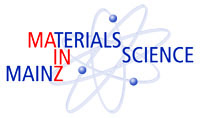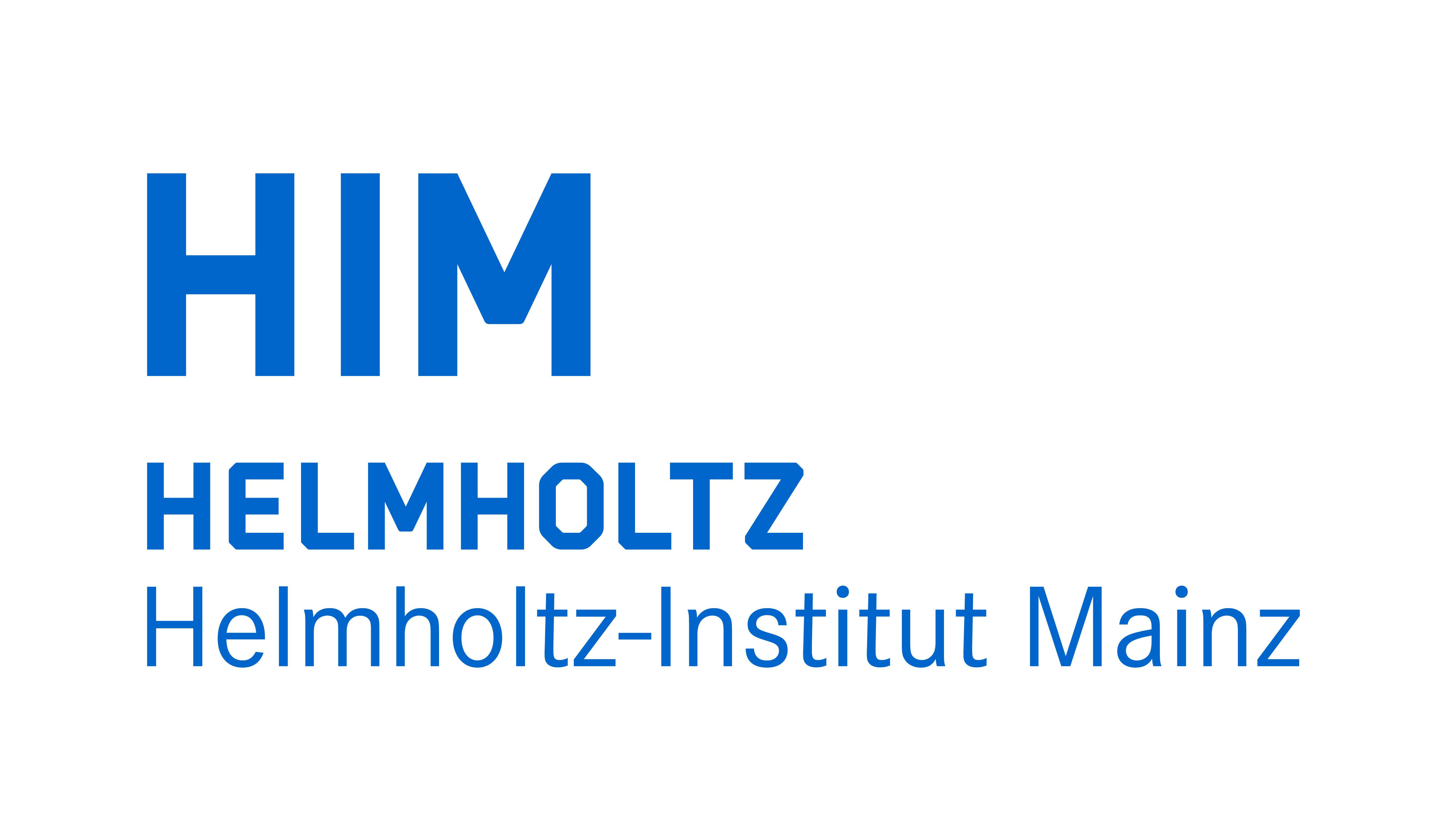


Physikalisches Kolloquium
May 14, 2019 at
4 p.m. c.t.
in
HS KPH
Prof. Dr. Alfons Weber
Institut für Physik
a.weber@uni-mainz.de
Prof. Dr. Hartmut Wittig
Institut für Kernphysik
hartmut.wittig@uni-mainz.de
Advancing Optical Imaging and Trapping by Synthetic Holography with Liquid Crystal Wavefront Shapers
Univ.-Prof. Dr. Monika Ritsch-Marte (Medical University of Innsbruck, Dept. for Medical Physics)
Optical wavefront shaping by means of spatial light modulators (SLMs) based on liquid crystal (LC) panels, has become a powerful tool in Biophotonics. “Holographic optical tweezers” are well-known and widespread, but an SLM can also be integrated into optical imaging systems. This makes the microscope programmable and adaptable with respect to the needs of a specific sample. A particular strength of the Synthetic Holography approach with programmable phase masks is the possibility to multiplex, which means that one can ‘pack’ several tasks into one computer-generated hologram. One can, for instance, create images which are composed of sub-images belonging to different microscopy modalities, to different depths inside the volumetric sample, or to different parameter settings.
Moreover, if the phase modulation range is not restricted to 2π, the wealth of possibilities significantly increases: Several computer-generated holograms can be read out at different wavelengths from one and the same input pattern sent to the LC panel. In this way holographically modified imaging in the visible can be accommodated in the same phase mask that is used for holographically controlled trapping in the near-infrared.